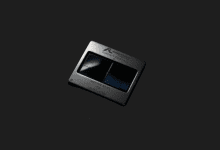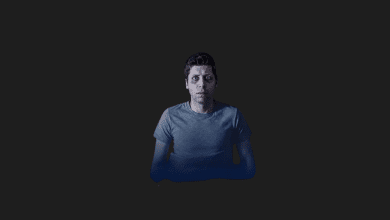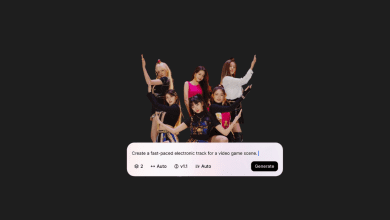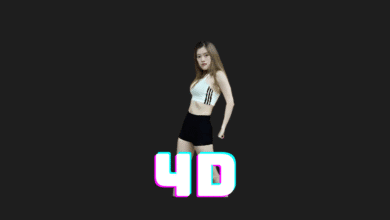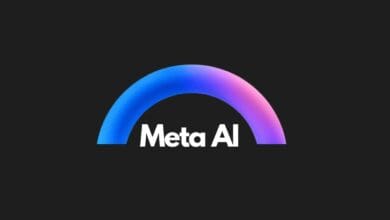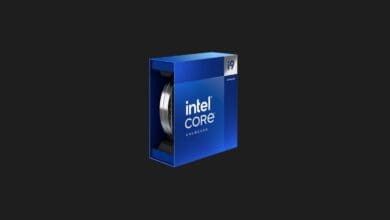Artificial Intelligence Unveils 27,000+ Asteroids

The discovery of asteroids is crucial for assessing potential collision scenarios with Earth. In this regard, scientists have discovered over 27,000 asteroids using artificial intelligence and existing images.
There are millions, possibly billions, of asteroids in the Solar System alone. In the last 200 years, scientists have cataloged only about 1.3 million of them, with the majority located in the asteroid belt between Mars and Jupiter. Detecting asteroids is often a time-consuming and meticulous task, which sometimes results in missing rock fragments. To address these challenges and expedite discovery times, scientists have developed an artificial intelligence algorithm called THOR.
THOR discovers 27,000 asteroids

THOR (Tracklet-less Heliocentric Orbit Recovery) is an artificial intelligence system developed by Ed Lu, executive director of the Asteroid Institute and co-founder of the B612 Foundation, and his team. It analyzed over 400,000 archival images provided by NOIRLab. From these analyses, THOR identified 27,000 previously overlooked asteroids.
Reports indicate that THOR is trained on a comprehensive dataset that enables it to analyze up to 1.7 billion points of light in a single telescope image. To deliver accurate results, the algorithm requires approximately five observations of the same part of the sky taken within the last 30 days. Additionally, the B612 Foundation noted that scientists scaled THOR using Google Cloud, which, through its computational power and data storage services, simplifies testing the orbits of thousands of potential asteroids.
According to Ed Lu, this algorithm can identify asteroids in datasets not initially designed for this purpose and simultaneously improve the ability of other telescopes worldwide to locate asteroids. Lu describes this as a significant shift in how astronomy is conducted.
2.4 million asteroids will be discovered in six months

In 2022, THOR initially discovered 100 asteroids that were undetectable in existing telescope images. Since then, the algorithm has continued to evolve. However, THOR isn’t the only artificial intelligence algorithm developed for asteroid exploration.
Last July, a software called HelioLinc3D, designed for tracking near-Earth asteroids, identified a 180-meter-wide space rock expected to pass within 225,000 kilometers of Earth, which is closer than the average distance between the Earth and the Moon.
Meanwhile, efforts are underway to equip the Vera C. Rubin Observatory, featuring an 8.4-meter telescope expected to be operational next year, to detect these space rocks. In fact, HelioLinc3D was also developed there.
Scientists believe that with AI-based software like THOR and HelioLinc3D, the Vera C. Rubin Observatory could discover up to 2.4 million new asteroids in its first six months alone, nearly doubling the current total number of known asteroids.
You may also like this content
- AI Tools Are Coming to Opera Android: Here Are the Innovations
- Amazon Introduces Highly Ambitious Next-Generation AI Chip Trainium3
- OpenAI Is Losing the AI Race: “Emergency” Declared for ChatGPT
Follow us on TWITTER (X) and be instantly informed about the latest developments…


